Relays
A pressure relay is an electromechanical device used in industrial and hydraulic systems to monitor fluid pressure levels and control electrical circuits based on predefined pressure thresholds. It acts as an interface between a fluid power system and an electrical control system, triggering actions like starting or stopping pumps, activating alarms, or initiating other control functions when certain pressure conditions are met.
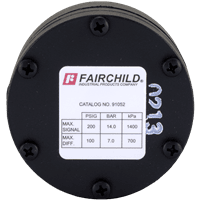
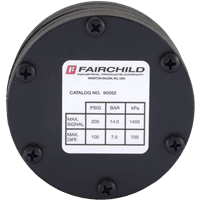
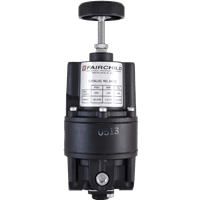
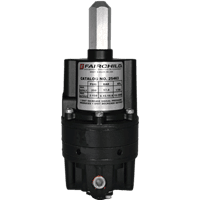
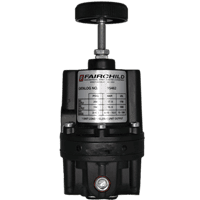
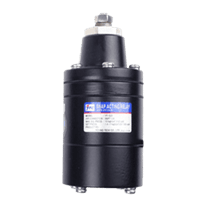
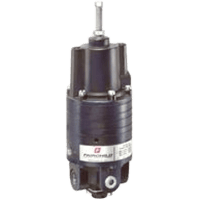
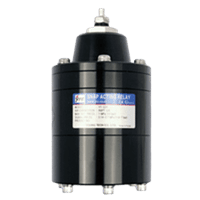
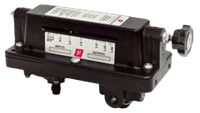
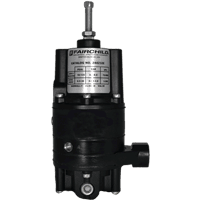
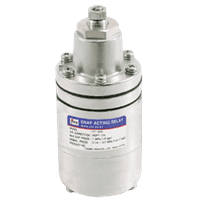
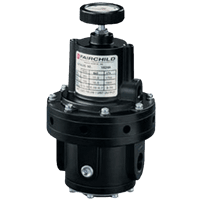
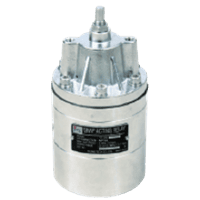
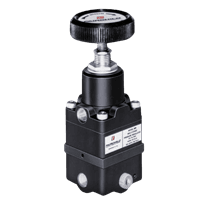
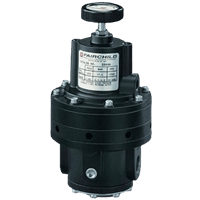

A pressure relay is a reliable means of monitoring pressure levels and controlling electrical circuits by automatically responding to changes in fluid pressure, pressure relays help maintain safe, efficient, and optimized operations across a wide range of systems, from hydraulic and pneumatic applications to process control and safety monitoring.
The core component of a pressure relay is a pressure sensing element, such as a diaphragm, piston, or bellows, which responds to changes in fluid pressure. When the pressure in the system reaches a preset threshold, the sensing element moves or deforms. The movement of the sensing element is transmitted to a mechanical linkage or a micro switch, this switch either opens or closes an electrical contact, depending on the pressure threshold settings. This action completes or interrupts an electrical circuit, triggering a corresponding action in the connected system.
Pressure relays are equipped with an adjustable setpoint mechanism that allows users to specify the pressure at which the relay should activate or deactivate. This setpoint is usually adjusted using a screw, dial, or digital interface.
Hydraulic pressure relays are used in hydraulic systems to control pumps, motors, or valves based on fluid pressure, and are designed to handle high-pressure ranges typical in hydraulic applications. Pneumatic pressure relays are for air or gas systems, these relays control pneumatic equipment, such as compressors or air tools, and operate at lower pressure ranges compared to hydraulic relays. Differential pressure relays monitor the difference in pressure between two points in a system, activating when the pressure difference reaches a setpoint, often used in filter monitoring or leak detection.
In hydraulic systems, pressure relays are used to automatically start or stop pumps or motors based on the system pressure, ensuring proper operation and preventing equipment damage due to overpressure or underpressure conditions. Pressure relays are commonly used to activate alarms or shut down equipment when pressure exceeds or falls below safe operating limits, providing an essential safety function in many industrial settings.
In pneumatic systems, pressure relays control air compressors by switching them on or off to maintain desired pressure levels within the system, ensuring efficient operation and preventing energy waste. In process industries, pressure relays are used to regulate flow or maintain liquid levels in tanks and vessels by activating pumps or valves in response to pressure changes. Differential pressure relays monitor pressure drops across filters or sections of piping to detect leaks or blockages, triggering maintenance alerts or system adjustments as needed.
Pressure relays provide automated control over system components, reducing the need for manual intervention and improving process efficiency, and can be used in a wide range of applications, from simple on/off control to more complex process automation tasks. They enhance the reliability and safety of systems by providing rapid response to pressure changes, preventing potential damage or hazardous situations. With adjustable setpoints, pressure relays allow for easy customization to specific pressure ranges and operational requirements.